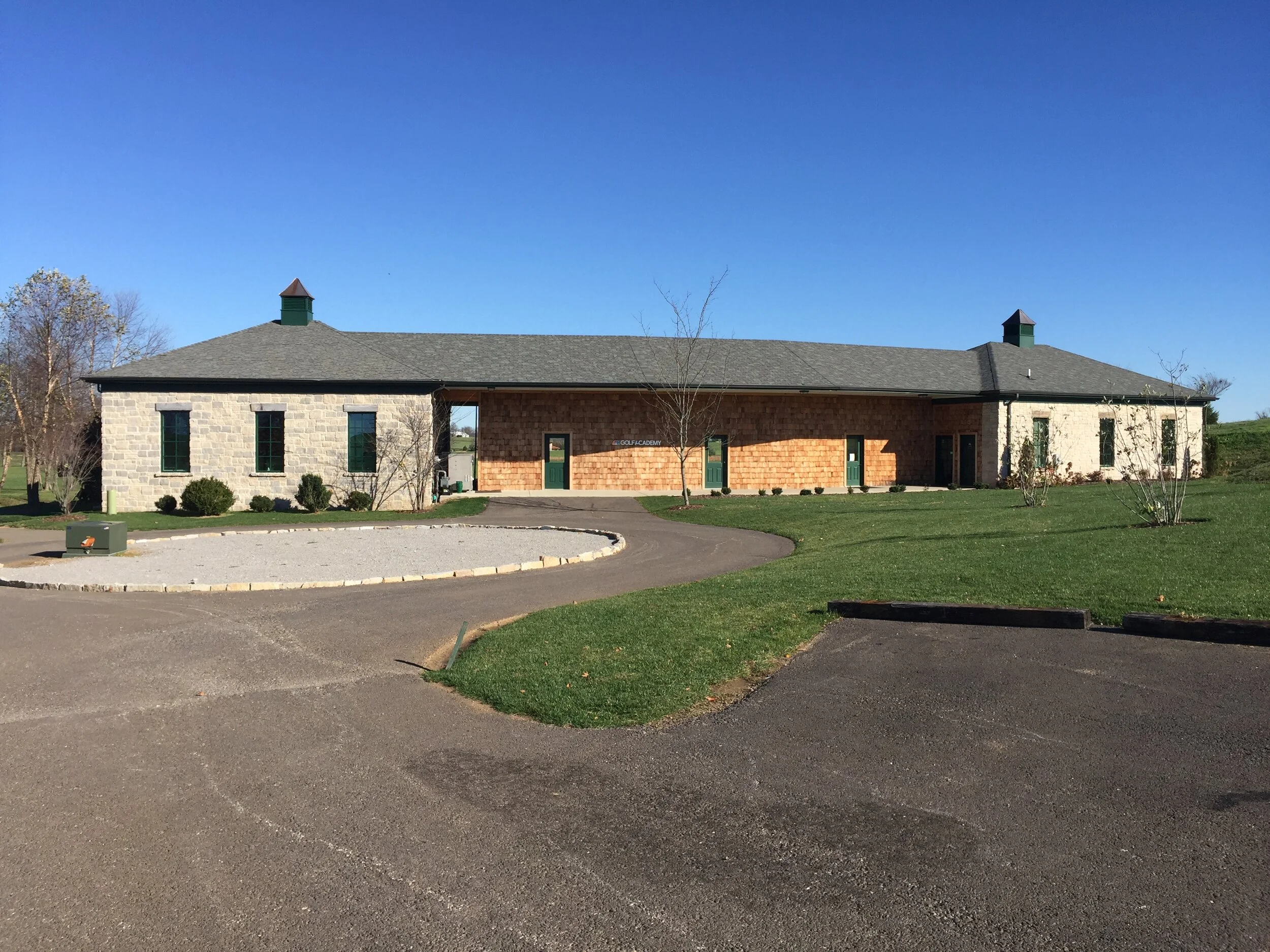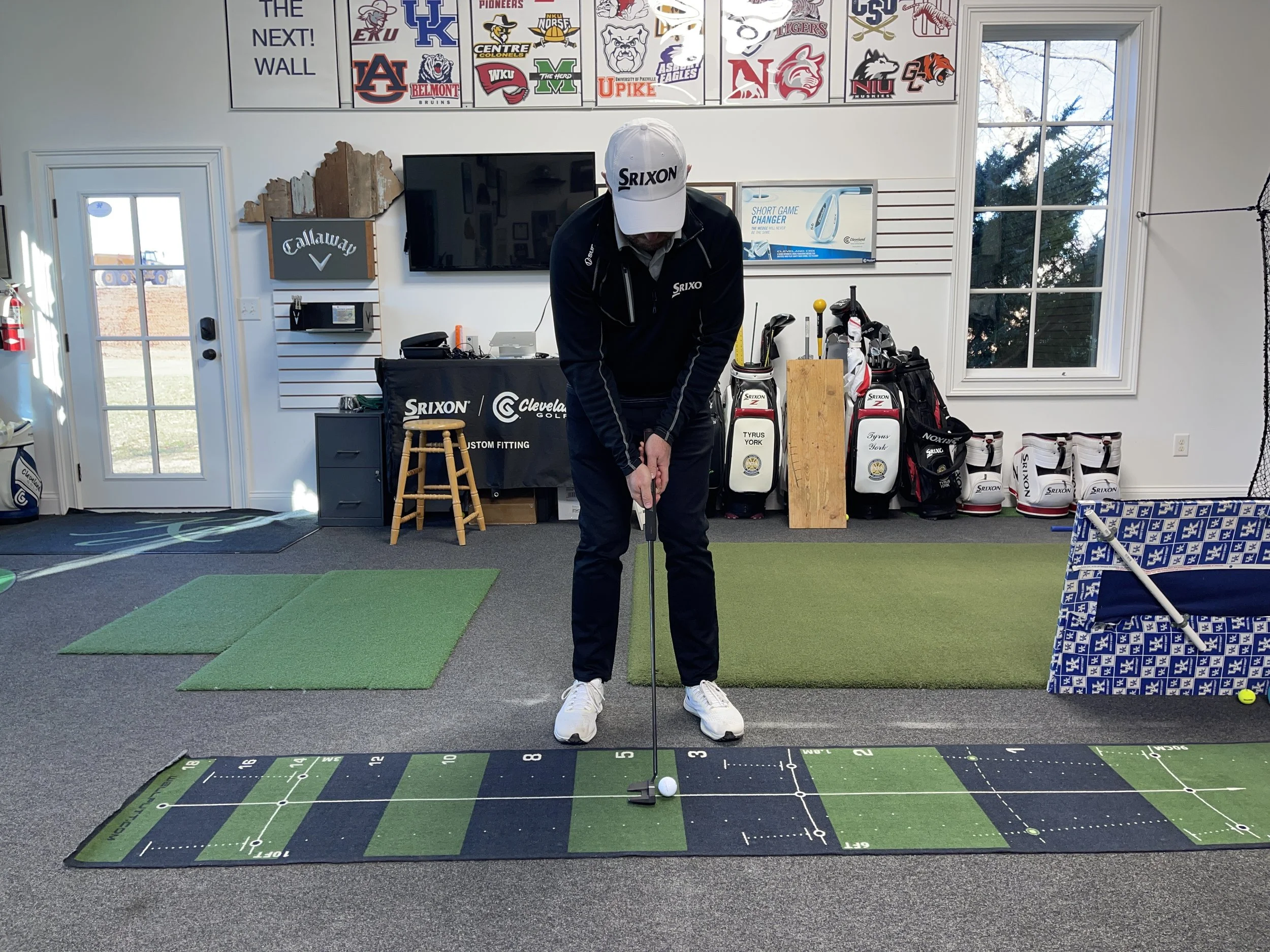The weekly End of the Week Tip will return next week!
From www.transysports.com. Click here for the original release.
Lexington, KY. – PGA professional Tyrus York has been hired as the new women's golf head coach at Transylvania University, Vice President of Athletics Holly Sheilley announced Thursday.
York, a Harlan, Ky. native, brings a unique combination of professional golfing experience along with a rich teaching pedigree to the position. York entered the PGA Professional Golf Management Program and became a Class A PGA Professional in 2010.
Additionally, York currently instructs as a PGA Teaching Professional and Co-Owner of the High Performance Golf Academy in Nicholasville, Ky., an academy he co-founded.
"I am excited for us and our team to have Tyrus York as our new coach," commented Vice President of Athletics Dr. Holly Sheilley on the hiring. "Tyrus is very well respected by his peers for his knowledge of the game and the character he displays. His enthusiasm and passion for the game make him the perfect fit. I have no doubt that he will take the next steps in leading our program to winning conference and NCAA Championships."
"It is an incredible honor to be selected as the next coach for the Transylvania Women's Golf team," said York. "To have the opportunity to further the development of current and future student-athletes is very exciting. Transylvania is a place where student-athletes can come in, receive a world-class education, and compete to win championships. I'm ready to ensure the women's golf team gets to that level."
York takes over for outgoing women's golf coach Keilly Purdom, who is relocating with her family to Oxford, Mississippi, where her husband Kirk has accepted a new position in alumni relations with the University of Mississippi where both were athletes. Kirk Purdom was most recently the Vice President for Advancement at Transylvania.
"Coach Purdom has done an excellent job with our program," said Sheilley. "We hate to see her departure, but we know she has left our program headed in the right direction and we are thankful for her service."
York brings a wealth of acclaim to the women's golf head coaching position at Transylvania, including the 2014 Kentucky Section PGA Teacher of the Year award. York has also been nominated for the 2011, 2012, and 2013 Junior Golf Leader of the Year awards in the Kentucky Section.
York served as the boys and girls high school head coach at the Sayre School in Lexington for three years from 2012 through 2015. In all, York has been involved in golf instruction for over a decade as he enters the women's golf head coaching position at Transylvania.
After a decorated junior golf career which included two Player of the Year honors from the Southeast Kentucky Junior Golf Tour, York played four years of golf at the University of the Cumberlands, graduating in 2005 with a Bachelor's in Business Administration.
Following graduation, York moved to Lexington where he specialized in golf instruction. "I began teaching golf shortly after the conclusion of my college golf career and knew that coaching was something I wanted to do for a long time," said York. "I'm fortunate that my primary focus has been on instruction, and subsequently improving these teaching skills. Along the way I've been able to contribute to the marketing efforts of the facilities I've worked with, as well as manage the financial responsibilities of running my own teaching business."
York touts a relationship-first teaching philosophy based upon initially evaluating the learning style of each of his students, and developing a method that best aligns with their abilities and talents prior to developing the optimal golf swing. "My philosophy as an instructor is do something every day to better yourself and personally adopt that in my own life," said York.
Other notable instruction certifications York possesses are K-Vest level 2, SeeMore putter, putting zone, and EyeLine golf. York actively subscribes to the usage of technology within golfing, implementing the revolutionary K-Vest and Trackman as some of the tools utilized in his training sessions.
On York, Purdom commented, "Tyrus will bring a wealth of teaching experience to the Transy program, which will bring top recruits and future championships to the women's golf program. I feel confident that I am leaving the program in excellent hands."
As the coaching change occurs in the middle of the spring season, Purdom noted that she will continue to serve as a resource to York during the transition period in order to make the transition as smooth as possible for the current team and recruits.
"This is a wonderful opportunity for the Transy program to continue moving forward," said Purdom.
York added, "I would like to thank Coach Purdom for her help in this process, as well as for the dedication she has put in the last few seasons to lay a solid foundation in growing Transy women's golf. I would also like to thank Dr. Holly Sheilley for her support of women's golf at Transylvania, and entrusting me to continue the great work Coach Purdom has begun."
As a resident of the Lexington area for nearly a decade, York enters the position with an understanding of the university and top-level aspirations for his program: "Transylvania has a rich history here in the state of Kentucky for both academics and sports," said York. "The university has long been a very important landmark in Lexington. Having produced extremely talented student-athletes already, I want to see more women's golfers be a part of that legacy. I am humbled to be the coach to take these ladies to the next level."



















